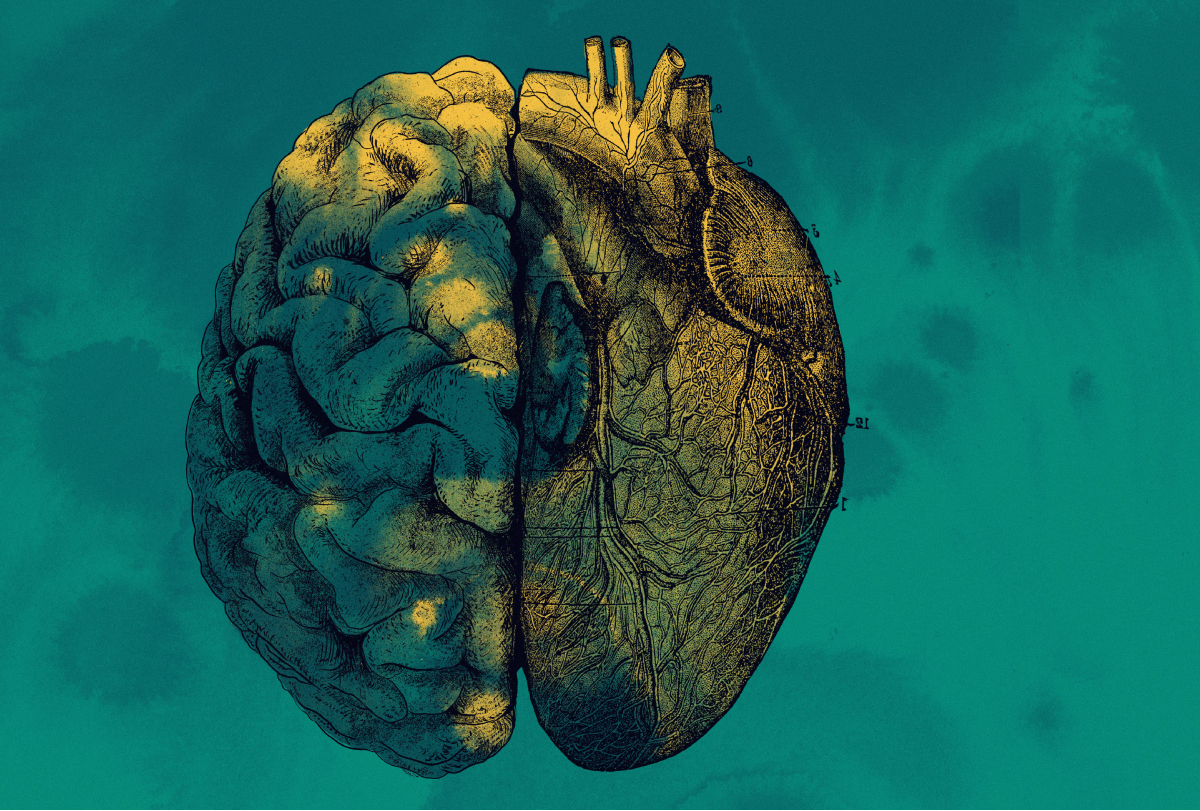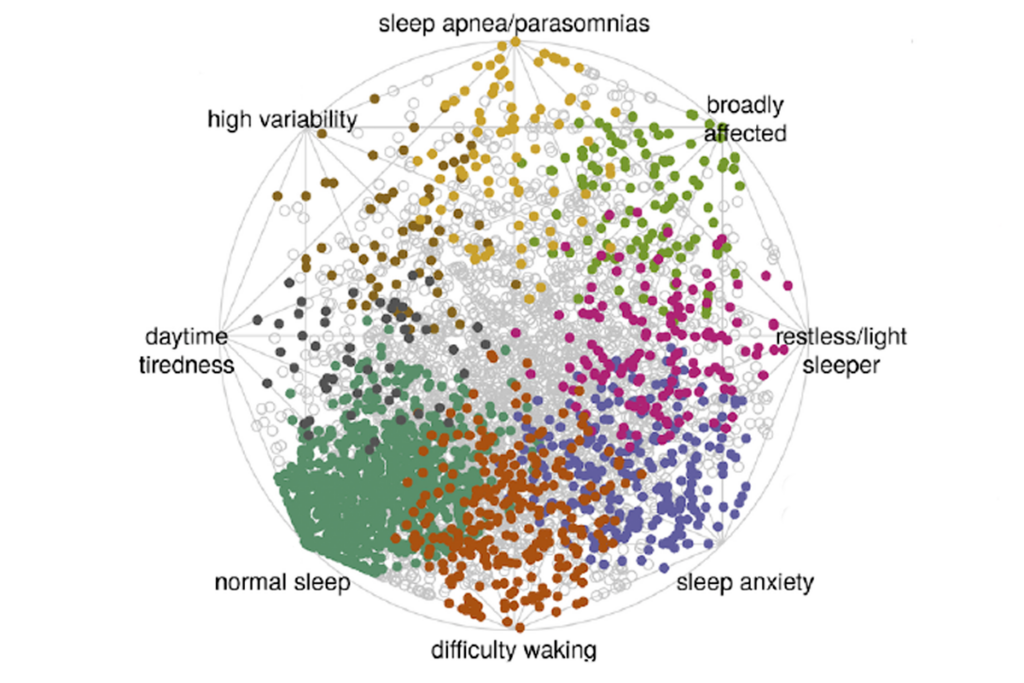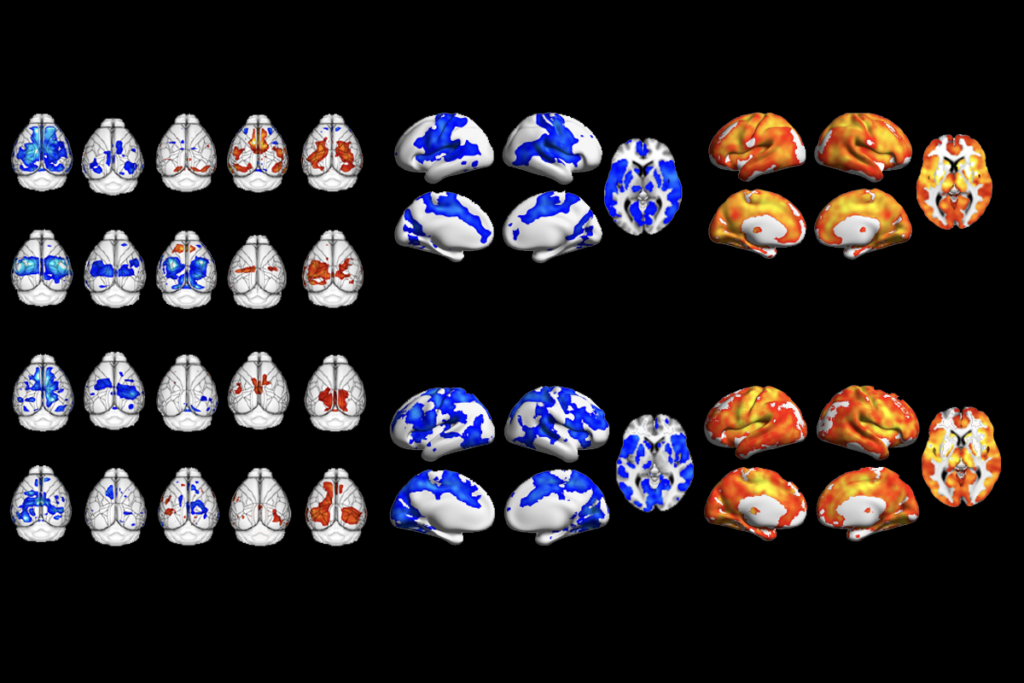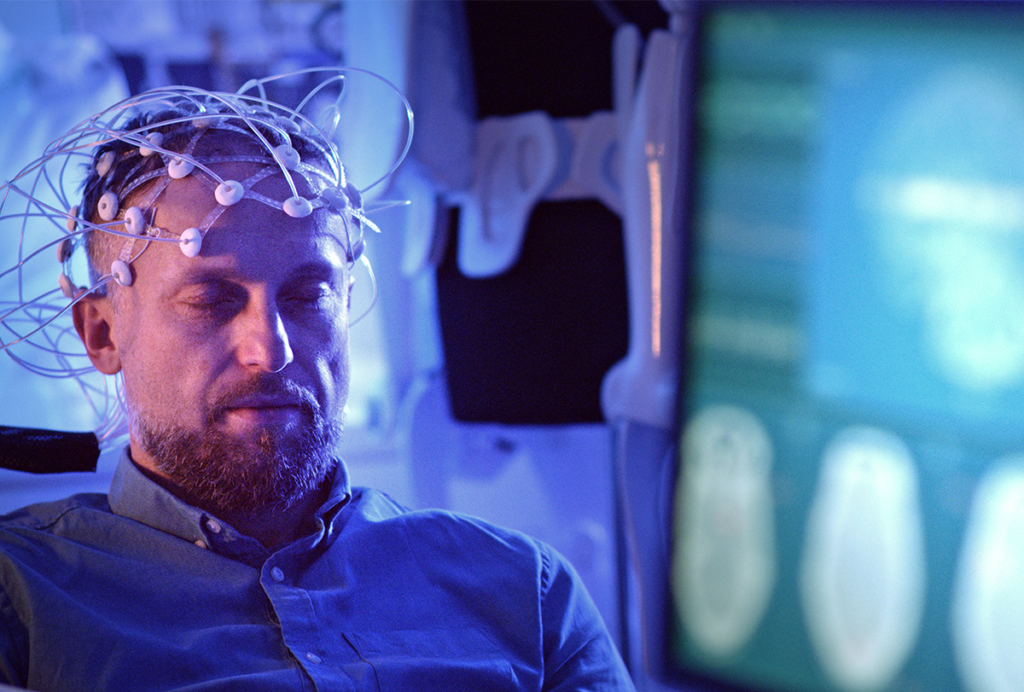- Some, but not all, missense mutations in the CHD8 gene contribute to autism-like traits in mice, and only some of those are dependent on altered chromatin remodeling. Molecular Psychiatry
- GABA-ergic interneurons containing neuron-derived neurotrophic factor do not rely on sodium channels containing the Nav 1.1 subunit—a protein encoded by the SCN1A gene, which is affected in Dravet syndrome. Journal of Neuroscience
- The Child Neurology Society has bestowed autism researcher Shafali Spurling Jeste with the 2024 Martha Bridge Denckla Award. Children’s Hospital Los Angeles
- Common DNA variants explain about 10 percent of variation in people with rare neurodevelopmental conditions and appear to have both direct and indirect genetic effects, according to a preprint. medRxiv
- In a podcast, child development researcher Brian Boyd of the University of North Carolina at Chapel Hill discusses the racial and gender disparities in autism research and diagnosis. Due South
- Visual processing of light in the retina is altered in autistic people and is sensitive to the GABA agonist arbaclofen. Spectrum reported on previous findings from the same team in 2022. Journal of Neuroscience
- The number of children diagnosed with autism by primary care physicians decreased between 2004 and 2019; even so, in that same period, primary care doctors diagnosed the condition at younger ages, on average, than did specialists. Autism
- Genetic factors account for about half of comorbidities between cardiovascular disorders and specific mental health conditions—autism, schizophrenia and affective disorders—according to a preprint. Spectrum has previously reported on the connection between congenital heart disease and autism. medRxiv

Heart and mind: Cardiovascular conditions and autism often co-occur and have genetic ties.
- Mutations in the NLGN3 gene, which are associated with autism, can be customized to prevent the protein’s interaction with either neurexin or protein tyrosine phosphatase delta, each of which causes different behavioral effects in mice. Molecular Brain
- Delayed motor skills are thought to contribute to communication challenges in fragile X syndrome, but the interactions differ between people with fragile X syndrome alone and those with co-occurring autism. Autism





